Exterior caulking is a lot like interior caulking: Your goal is a neat-looking seal over cracks and gaps. But outdoor caulking deserves some extra attention. It will have to withstand all the extremes that nature can dish out. And when an outdoor seal fails, water gets in and serious trouble follows. So here are some tips for caulking that lasts.
Make Exterior Caulk Last Longer
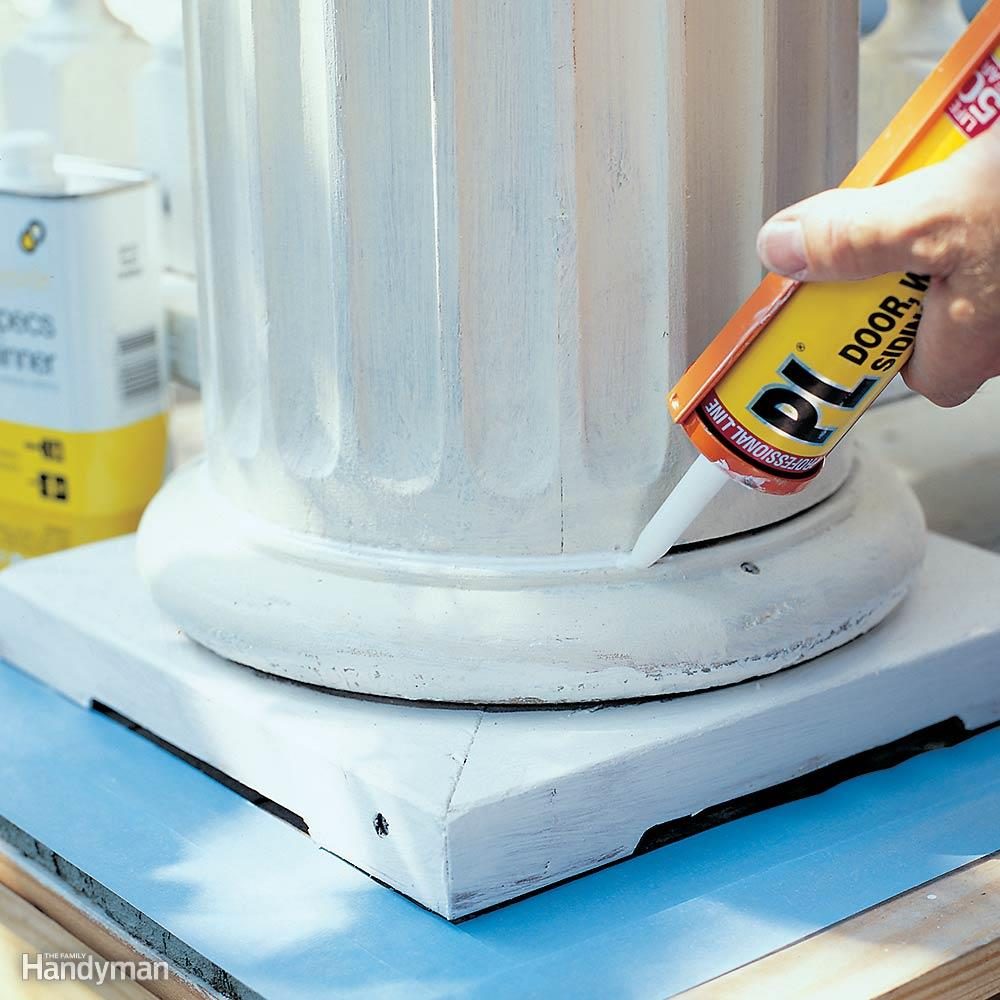
Choose Acrylic for Most Jobs
Acrylic caulk is easy to use, easy to smooth out and easy to clean up. And since it offers reasonably good flexibility and adhesion, it's a good choice for most exterior gaps narrower than 1/4 in. Some acrylics are labeled 'acrylic latex.' With others, you have to read the fine print to find 'acrylic.' Price is a good guide to quality; bypass the cheap stuff and spend a little more per tube. Saving a few bucks on the seals that protect your home from water damage is a bad bargain.
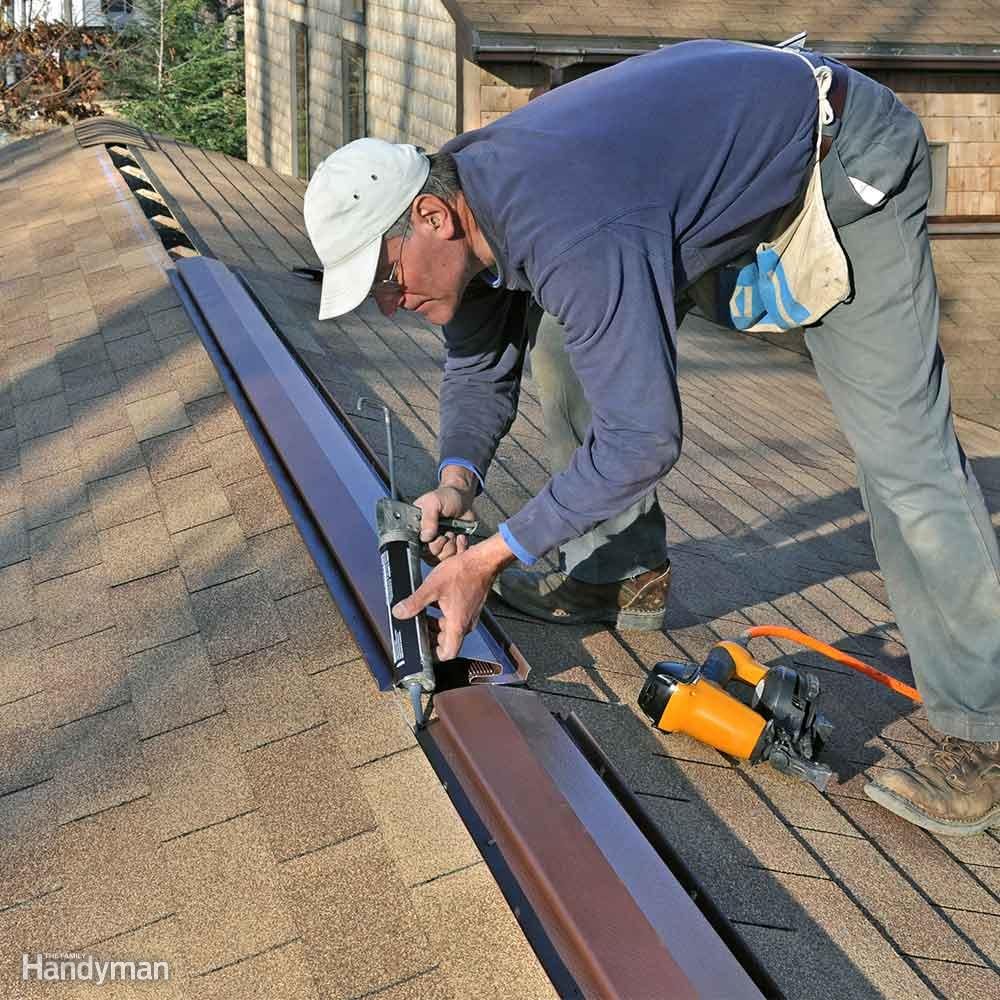
Consider Polyurethane
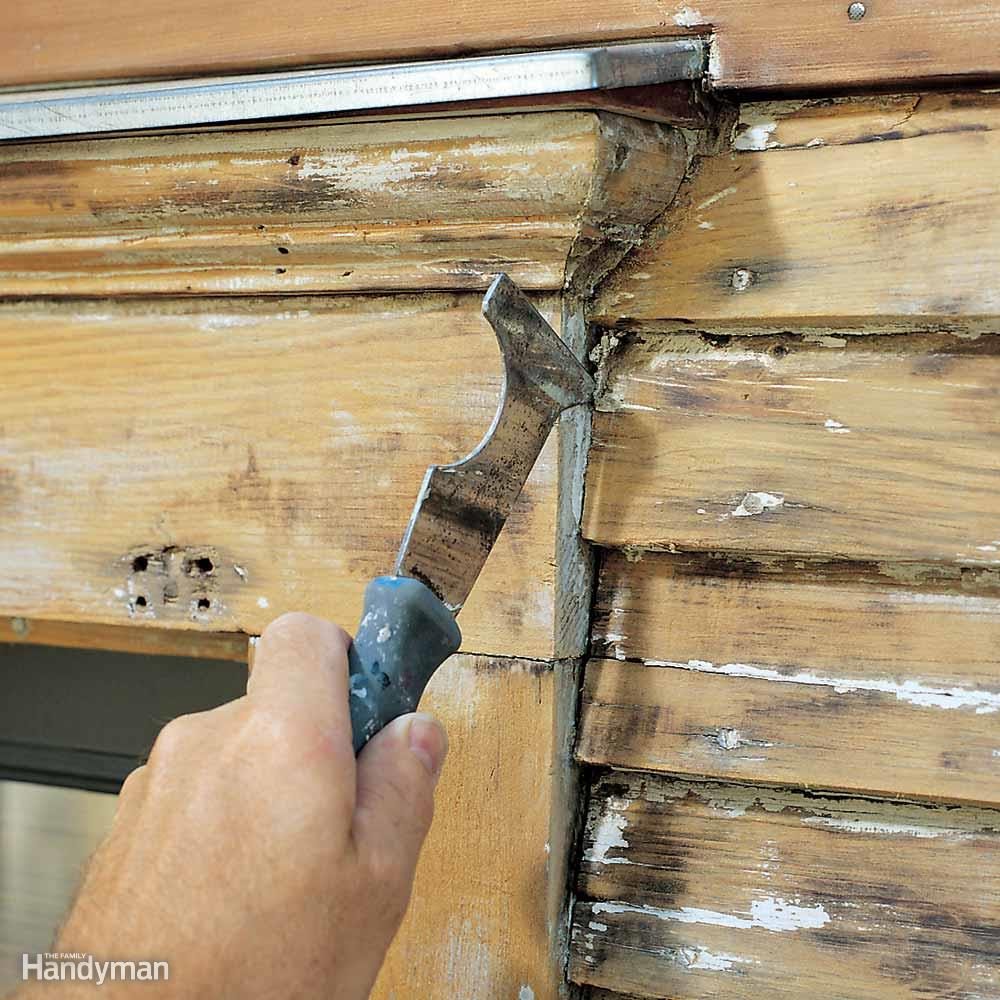
Start with a Clean Crack
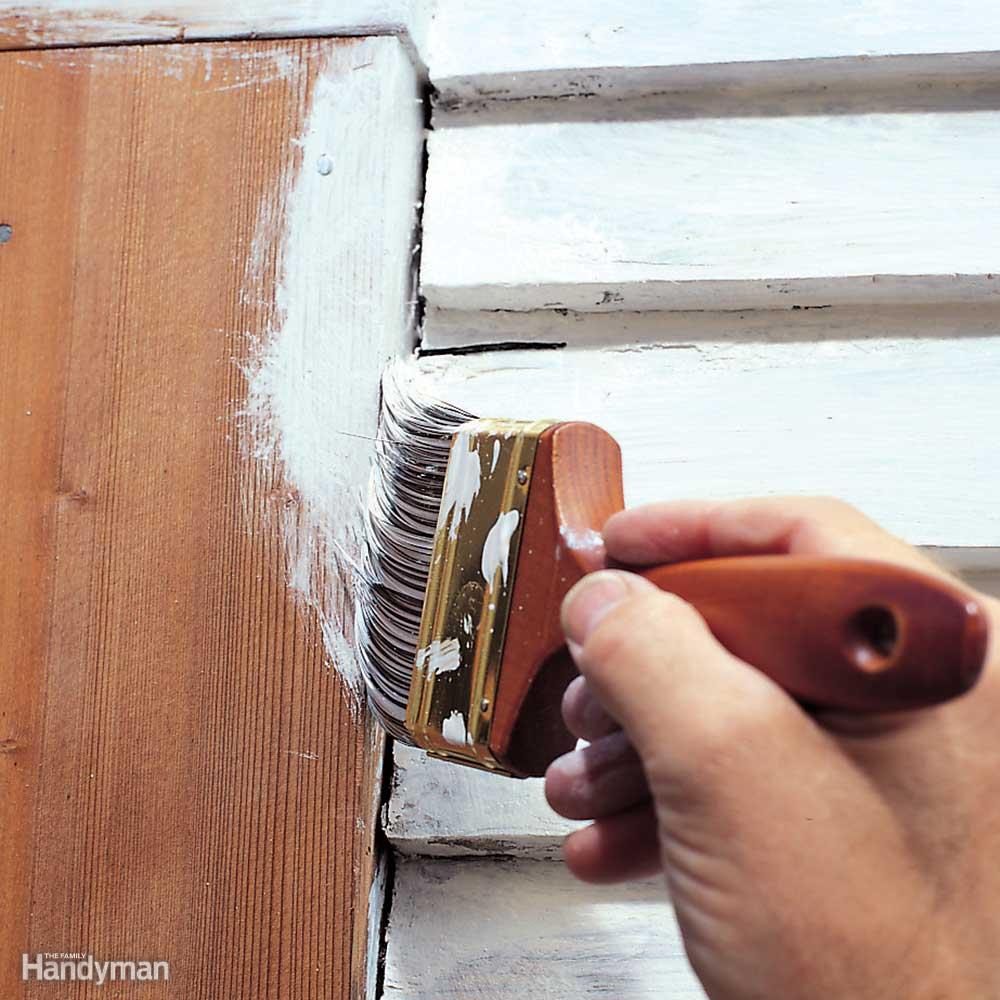
Prime Before You Caulk
When it comes to wood (or wood-based materials like hardboard), primer sticks better than caulk and provides a great adhesion surface for caulk. So if caulking is part of a painting project, it's best to prime before you caulk. Work the primer into gaps, but don't try to fill them with primer.
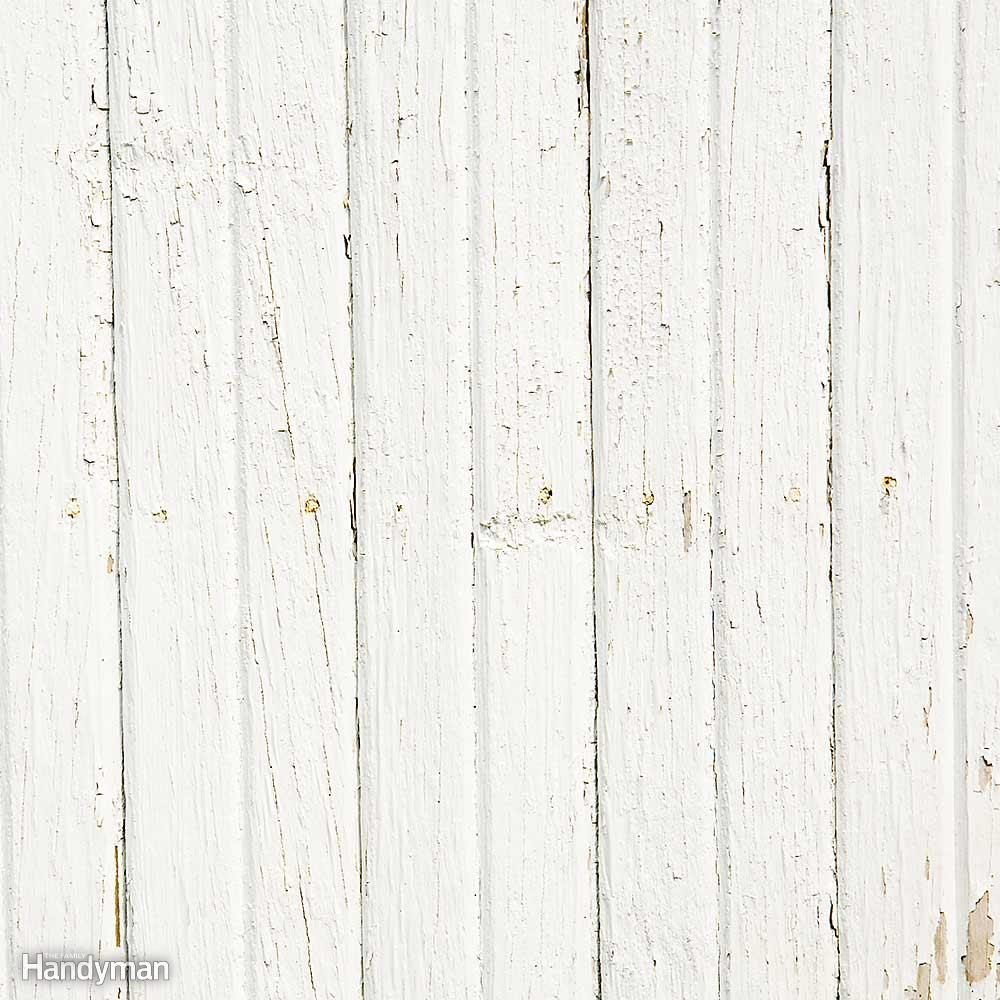
Don't 'Caulk' With Paint
Paint will fill or bridge tiny gaps?but only temporarily. Paint simply doesn't have the flexibility of caulk. As gaps shrink and grow, the paint will eventually crack. That will allow moisture to get behind the paint and it will start to peel. So even if a gap is 'paintable,' caulk it.
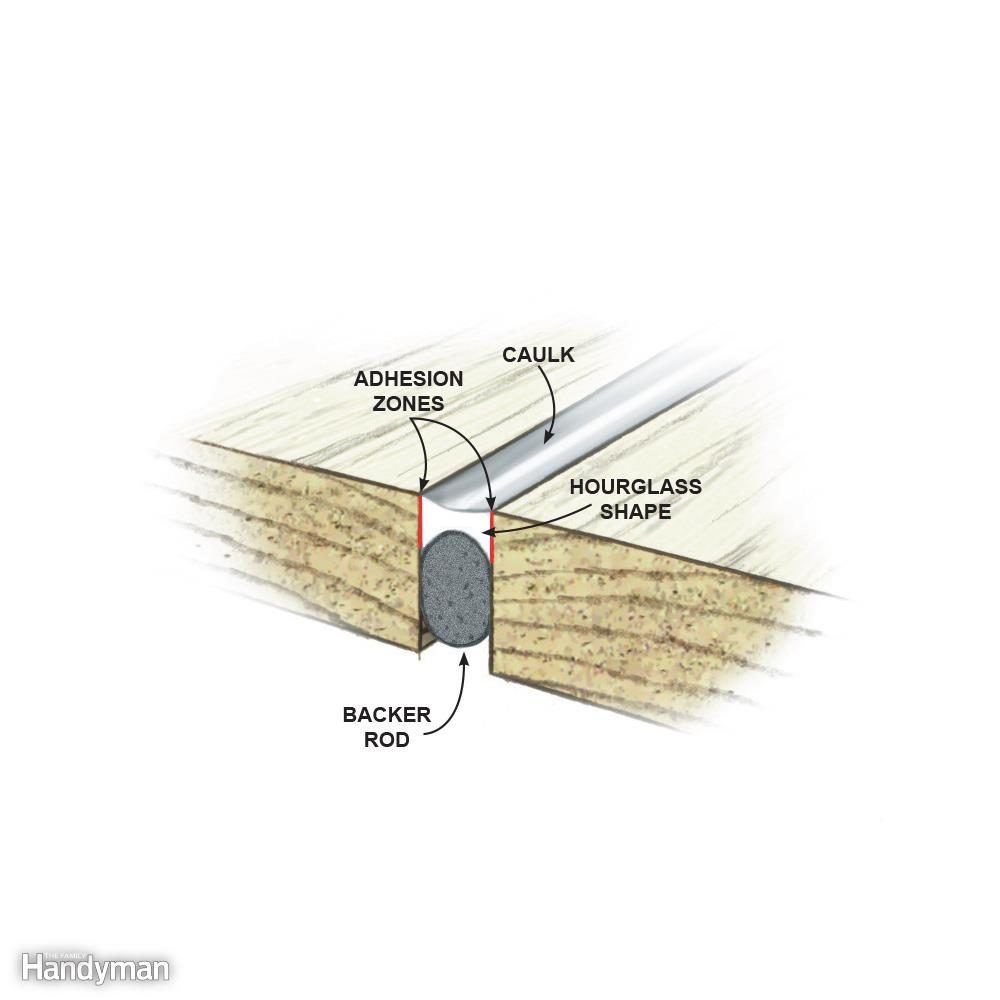
Form an 'Hourglass' Bead
Gaps move. They constantly grow wider or narrower as the temperature and humidity change. A shrinking gap is the lesser problem; it just compresses the caulk. But when a gap widens, it puts a major strain on the seal. The caulk has to stretch without tearing in half or pulling away from the surrounding surface.
To prevent those failures, you want a bead that stretches easily in the middle and sticks stubbornly along the edges. An hourglass-shape bead accomplishes both of those goals. It stretches easily because it's thin in the middle and sticks well because it has wide 'adhesion zones' along the edges. Backer rod makes a perfect hourglass bead easy. In situations where you're not using backer rod, a perfect bead may be easy, difficult or impossible. But use it whenever you can?you'll get a seal that will last much longer.
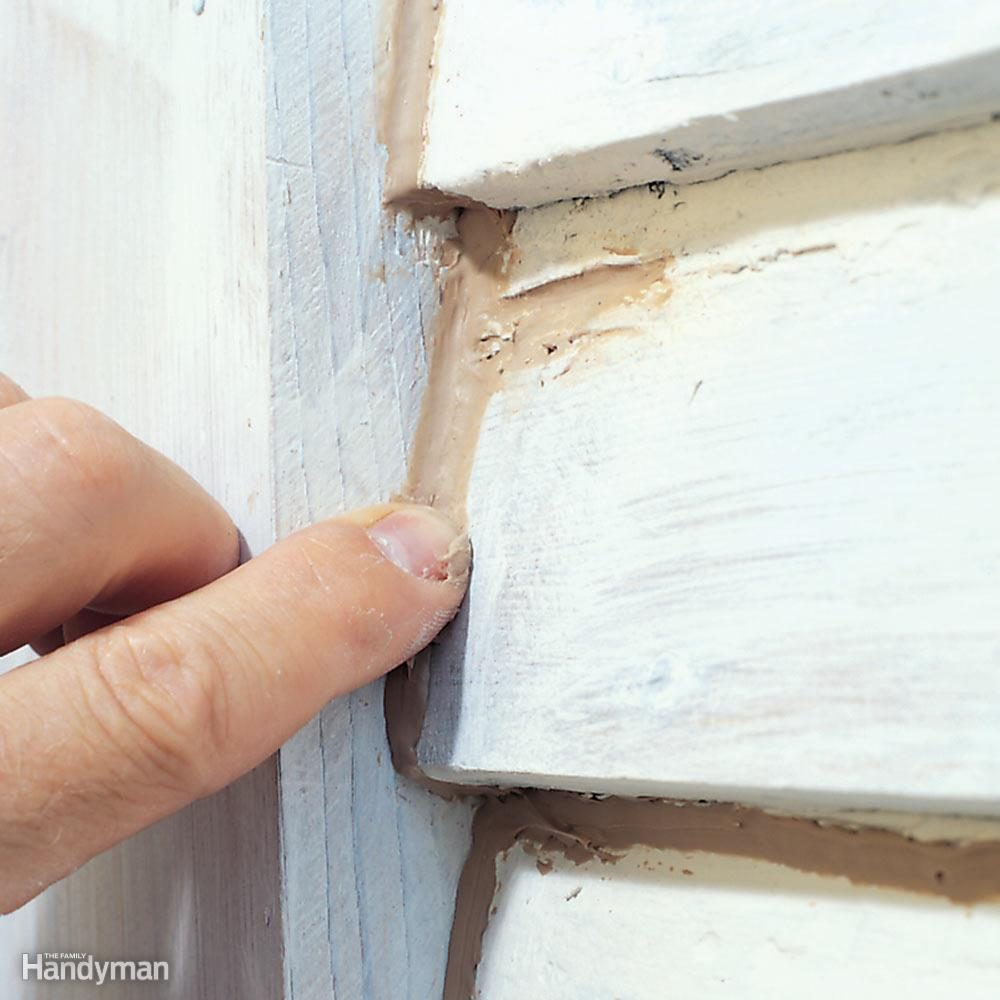
'Tool' the Caulk
Smoothing a caulk bead with your finger doesn't just make it look neater. It also shapes the bead to withstand movement better. With acrylic caulk, most of us simply moisten a finger and smooth the bead. With polyurethane, slip on a latex surgical-style glove and dip your finger in mineral spirits. If the gap is too wide to tool with your finger, try a plastic spoon.
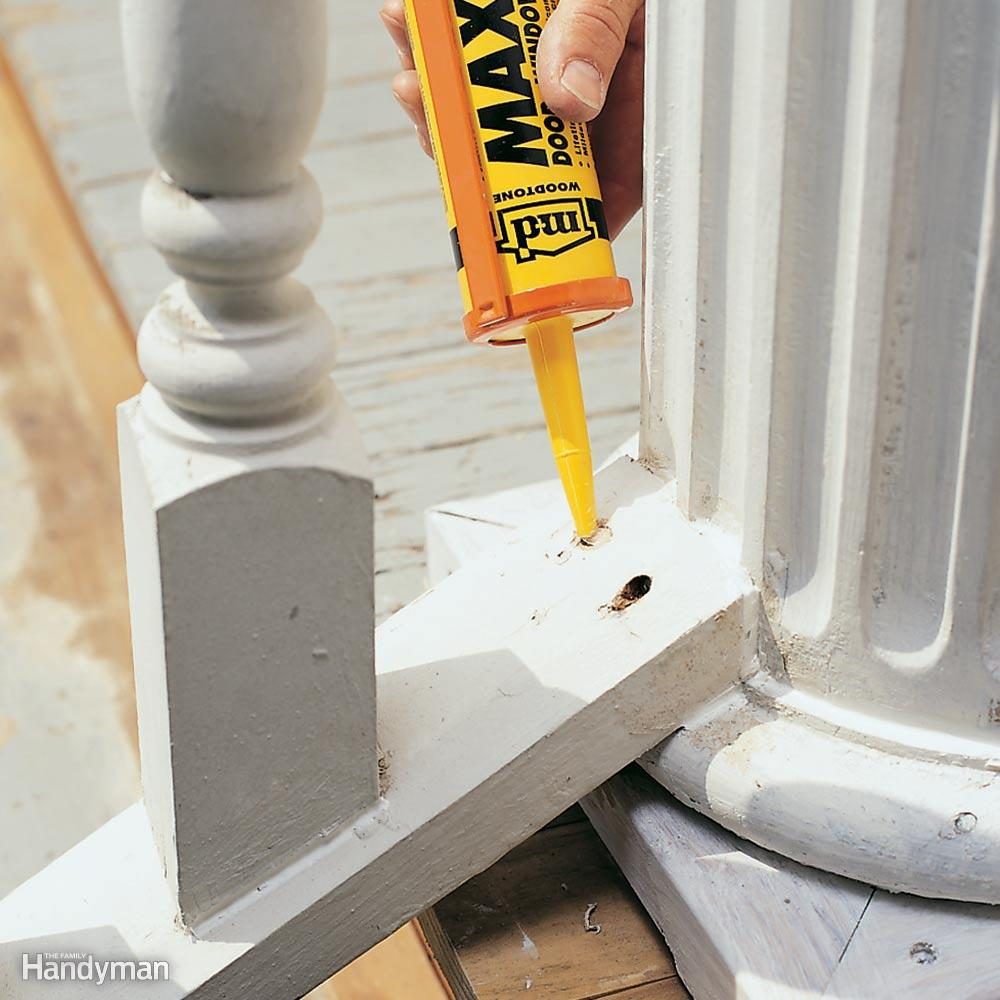
Fill Hidden Holes
In some ways, caulk is a better filler for nail and screw holes than fillers that are formulated for that purpose. It goes on fast, and unlike fillers that harden, it won't crack or fall out. The trouble with caulk is that it doesn't look as good as filler. It can't be sanded smooth, and it shrinks as it cures, leaving a slight depression over the hole.
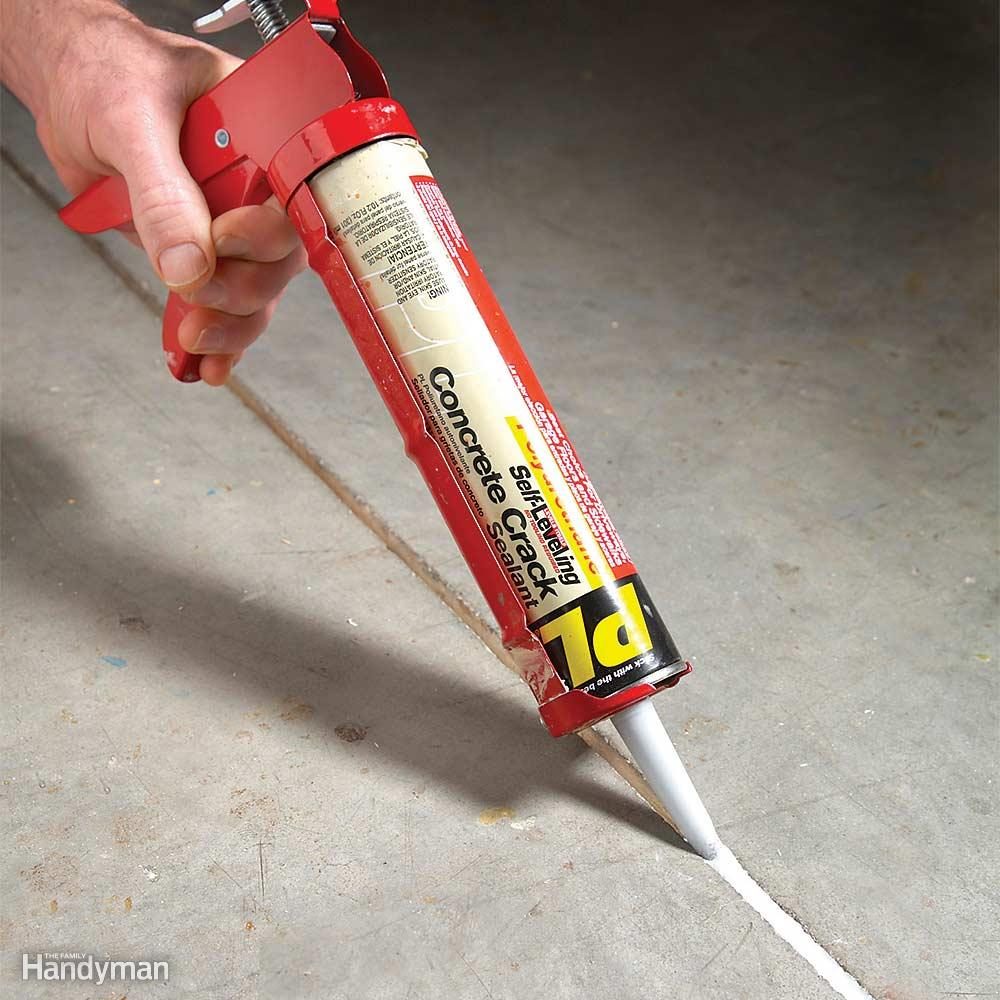
Get a Perfect Bead on Concrete
On horizontal concrete, you can skip the tooling mess and get a perfect bead by using a self-leveling polyurethane sealant. Just insert backer rod and inject the syrupy sealant. Resist the urge to tool the caulk; it will slowly level out and form a neat seal. Be sure the backer rod completely seals the crack. If the caulk seeps past the rod, you'll get an ugly sinkhole and a weaker seal, and you'll waste expensive caulk.
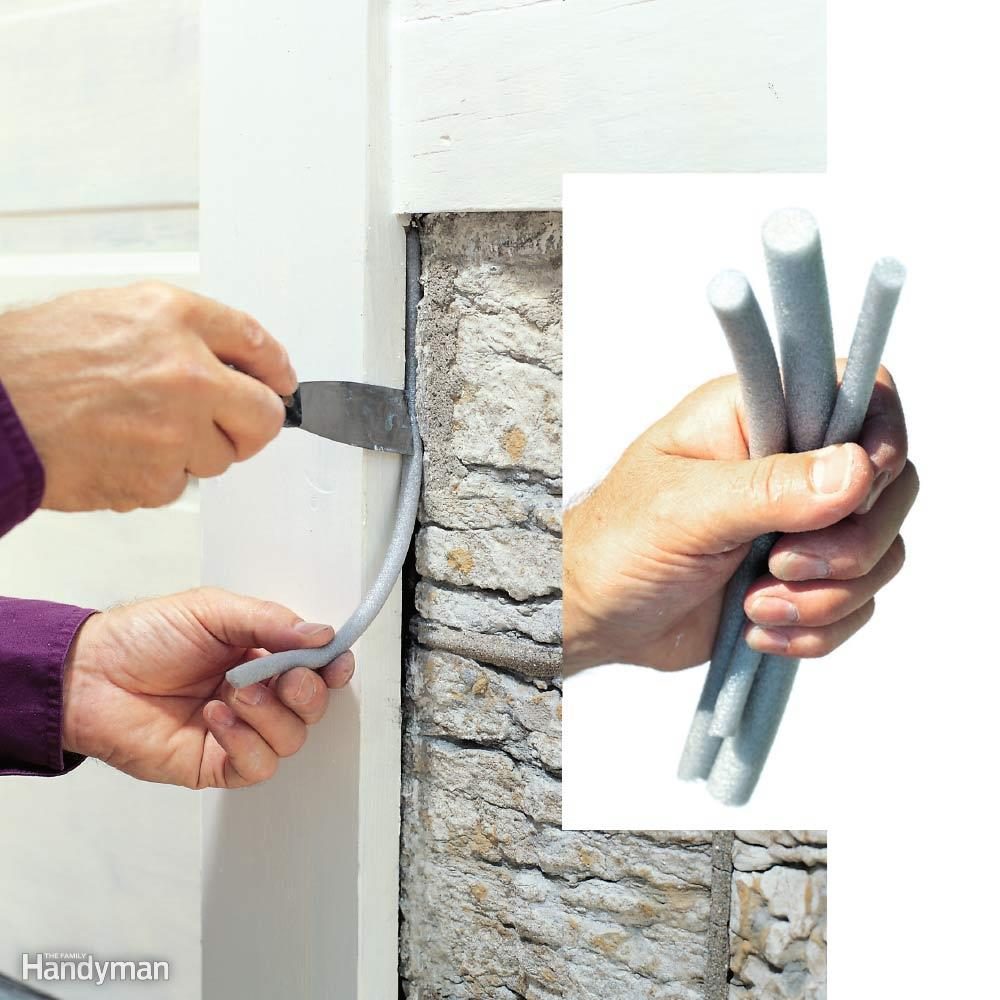
Use a Backer Rod
Foam backer rod is cheap and easy to use, and it can add years to the life of a caulk joint. Just stuff it into a gap before caulking and you'll automatically get the ideal seal (thin in the middle, with thicker 'adhesion zones' at edges). Always use it on joints wider than 1/4 in. You can also use it on narrower gaps, but you may have trouble finding backer rod that's thin enough for small gaps. Buy rod that's 1/8 to 1/4 in. larger than the gap at home centers.


















